This morning, November 21, in Hanoi, Vietnam Railways Corporation (VNR) had a working session with China National Railway Group (CR). The meeting is within the framework of cooperation between the two countries' national railways to promote the implementation of the Lao Cai - Hanoi - Hai Phong railway project.
The Chinese delegation attended the meeting with Mr. Cuc Quoc Giang, Deputy Chief Engineer and Director of the International Cooperation Department of China National Railway Corporation, along with leaders and engineers of China Railway Engineering Group and Truong Xuan Passenger Car Joint Stock Company. On the side of VNR, there was General Director Hoang Gia Khanh, along with members of the Board of Directors and representatives of the professional board.
Opening the meeting, VNR General Director Hoang Gia Khanh said that the viewpoint on the importance of strengthening cooperation in the railway sector between Vietnam and China has been clearly stated by Vietnamese General Secretary To Lam many times in meetings with Chinese leaders. Mr. Khanh also asked the delegation to share experiences in developing, operating, maintaining, and training human resources for high-speed railways. The North-South high-speed railway is considered a historic project, which is being discussed by the Vietnamese National Assembly and is receiving great attention from the people.
Mr. Cuc Quoc Giang expressed that China Railway is always ready to share experiences and cooperate with Vietnam. Mr. Cuc shared that the current model of the Chinese railway industry is different from that of Vietnam. In China, the China National Railway Group manages all aspects of railway development from planning, capital mobilization, investment, construction, exploitation, operation, etc. Therefore, all knowledge and intellectual property rights in this closed cycle belong to the China National Railway Group. According to Mr. Cuc, this organizational model is also the model of countries with developed railway industries such as Germany, France, etc. and creates favorable conditions for optimal exploitation and operation afterwards.
Sharing experience in operating and maintaining high-speed railways, CR leaders said that high-speed railways have extremely complex techniques and technologies, so in the design and construction process, safety must be given the highest priority. All preparation and implementation work must be done systematically, anticipating risks and disasters.
As for China's railways, they have been preparing since the 1980s, before the first high-speed railway connecting Shenyang and Qinhuangdao was built in 2002. Mr. Cuc also emphasized that with China's experience, when building high-speed railways, operation must be the main purpose. Design and construction are for operation. Therefore, the operator must be the one to propose the design and construction tasks, and must also be the main acceptance party, and participate in every process from the beginning.
In addition, Mr. Cuc added that the operation and maintenance of high-speed railways is different from conventional railways. With conventional railways, maintenance and operation work mainly uses human resources. But with high-speed railways, due to the extremely high precision requirements, 100% of machinery and equipment must be used. Therefore, human resource training must be invested in and prepared early.
In China, the training of railway personnel is divided into two phases. Phase 1 lasts 2 years, students are trained in theory at institutes and schools, combined with practice at the railway school in Wuhan. Phase 2, students will be trained directly at the project. He suggested that the Vietnamese side could send cadres and students to China to participate in training, because that would be "more effective".
Regarding the proposal to restore the Vietnam-China intermodal train route, which has been suspended since the Covid-19 pandemic, Mr. Cuc emphasized that the restoration needs to consider economic efficiency, and expressed the best wish that it can be restored by the end of this year.
China is currently one of the countries with the most developed railway networks in the world. China's high-speed railway network currently reaches more than 46,000 km, accounting for more than 70% of the world's total high-speed railway length. China aims to reach 50,000 km of high-speed railway by 2030 and 200,000 km by 2035.


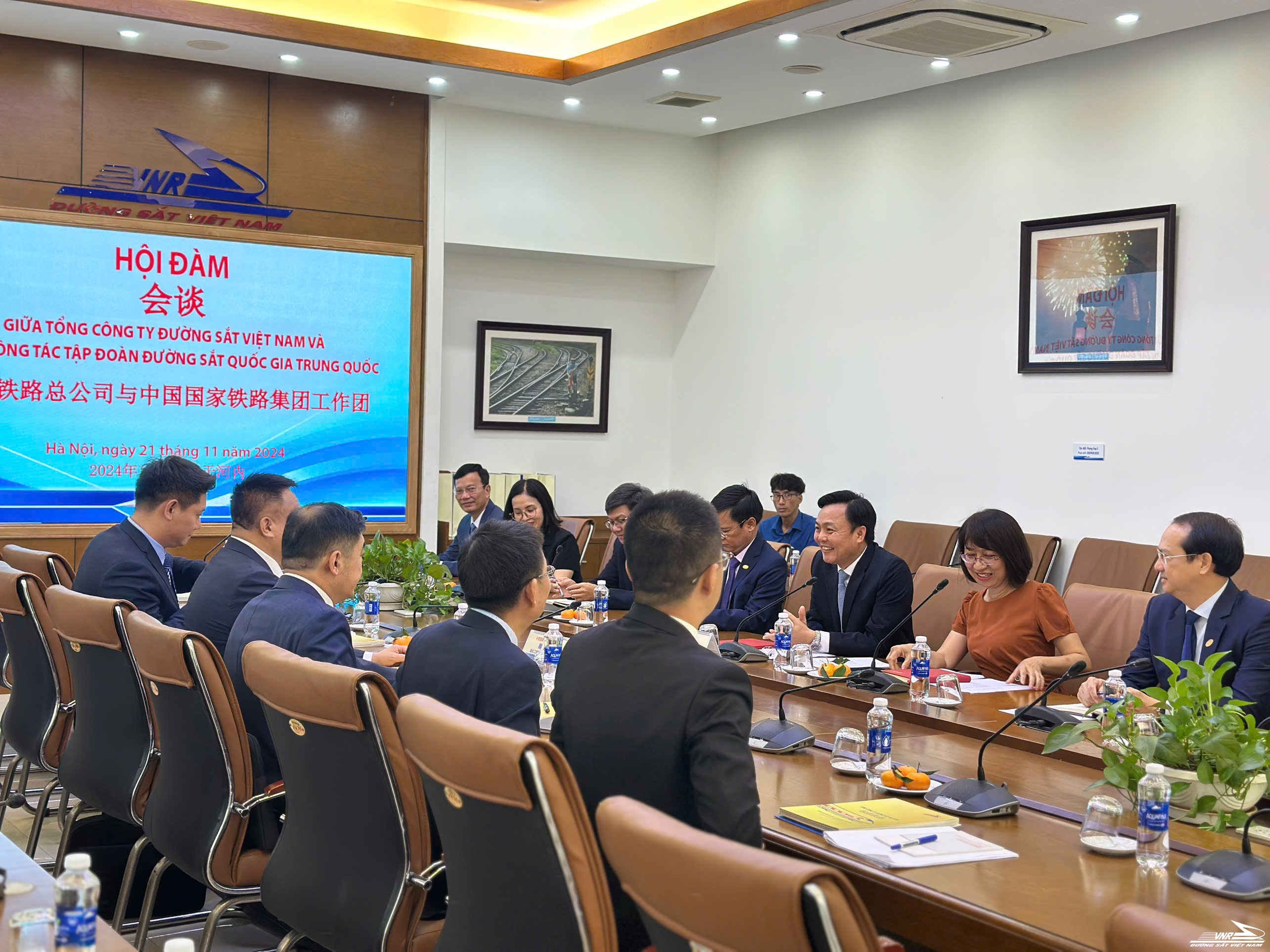
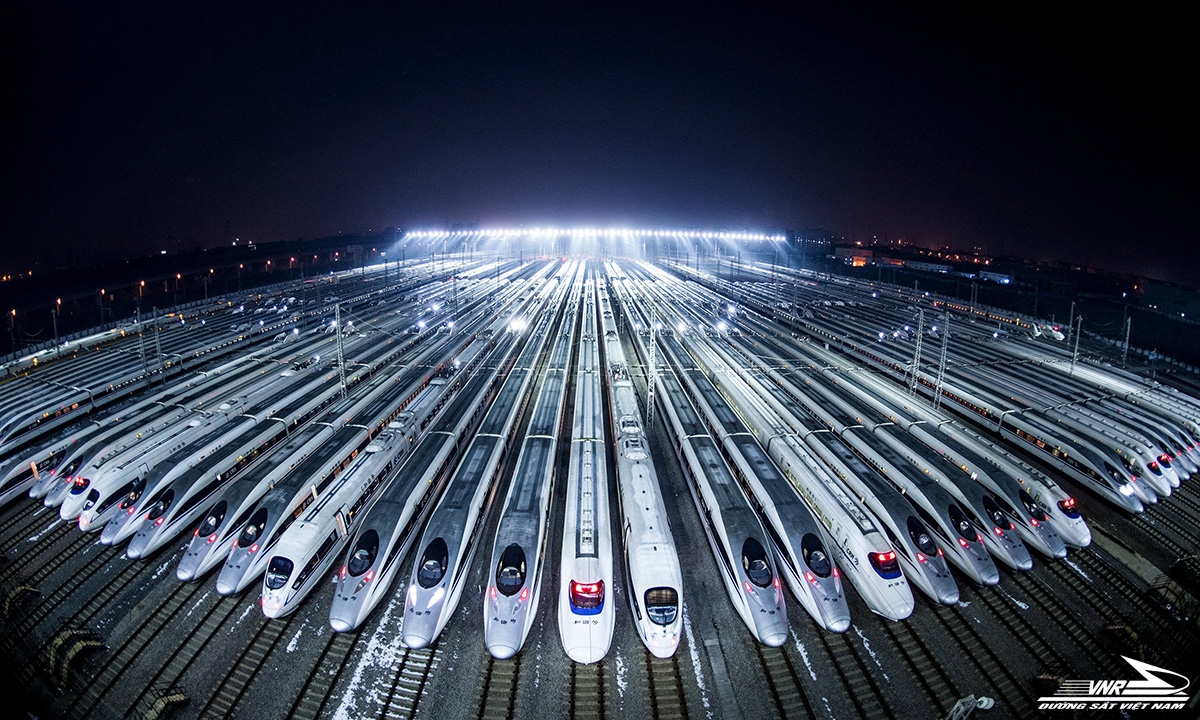


![[Photo] Prime Minister Pham Minh Chinh and Prime Minister of the Kingdom of Thailand Paetongtarn Shinawatra attend the Vietnam-Thailand Business Forum 2025](https://vphoto.vietnam.vn/thumb/1200x675/vietnam/resource/IMAGE/2025/5/16/1cdfce54d25c48a68ae6fb9204f2171a)











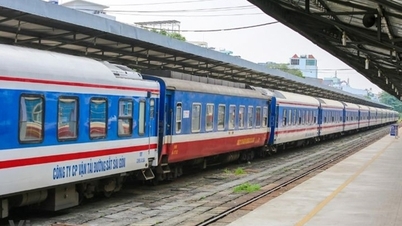

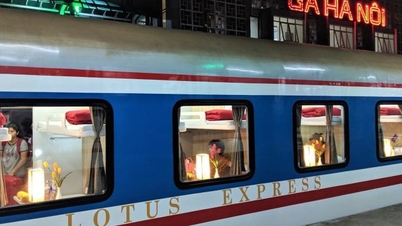











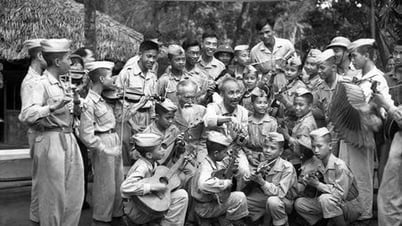

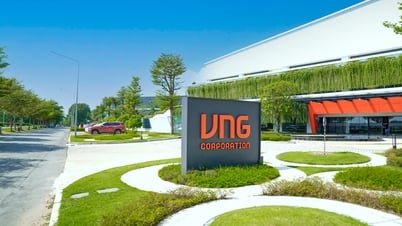
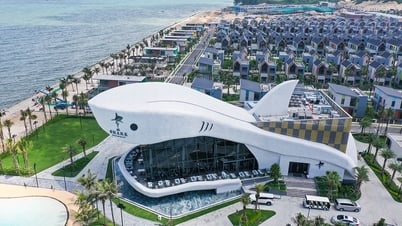

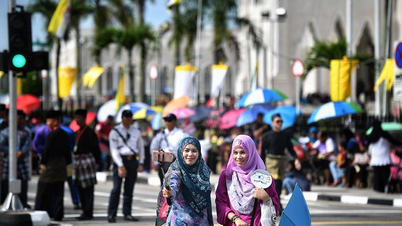
![[Photo] President Luong Cuong receives Prime Minister of the Kingdom of Thailand Paetongtarn Shinawatra](https://vphoto.vietnam.vn/thumb/1200x675/vietnam/resource/IMAGE/2025/5/16/52c73b27198a4e12bd6a903d1c218846)








































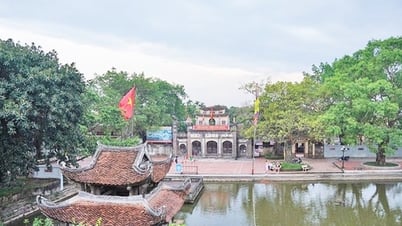





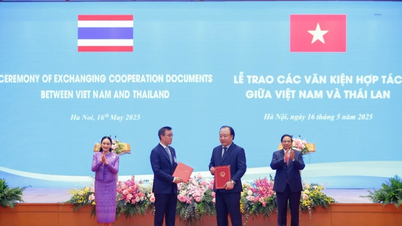












Comment (0)